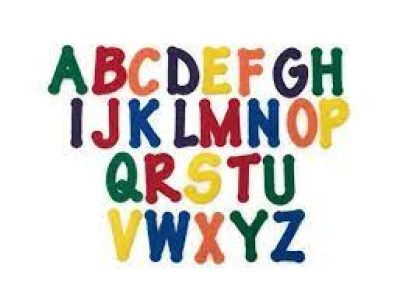In the dynamic world of education, persuasive writing skills are essential for kids to master. It’s not just about learning to argue; it’s about understanding the art of influencing others with words. Such skills are vital for future academic success and life beyond school. That’s where the must-have persuasive teaching resource comes into play, providing a wealth of persuasive writing examples for kids to learn and practice from.
Persuasive writing is a staple in educational curriculums—it encourages students to articulate their thoughts, defend their opinions, construct logical arguments, and engage with others in meaningful debates. To effectively teach these skills, educators need resources that resonate with young learners while also being comprehensive enough to cover various aspects of persuasion.
A well-designed persuasive teaching resource offers an array of examples that illuminate the techniques behind compelling writing. It includes diverse texts that demonstrate how to hook readers with an engaging introduction, use facts and evidence to support an argument, employ emotional appeals strategically, and conclude with a powerful call to action.
Let’s delve into what makes this resource indispensable:
1. Samples for Different Levels: The resource caters to various age groups and skill levels. Children starting on their persuasive journey can explore basic examples, while older students can examine more complex texts.
2. Diverse Topics: Kids will learn best when they’re interested in the content. A broad range of topics ensures that every child finds something that sparks their curiosity and passion.
3. Templates and Guides: Step-by-step templates help students structure their essays effectively, and guides offer tips on improving their persuasive techniques.
4. Interactive Exercises: Built-in activities encourage practice and reinforce the concepts demonstrated by the examples.
5. Assessment Criteria: Checklists and rubrics enable both self-assessment and teacher evaluations, fostering a deeper understanding of what constitutes effective persuasive writing.
By integrating such resources into the classroom, educators equip children with not just the ability to write persuasively but also critical thinking skills that will serve them in all areas of life. Persuasive writing empowers kids to voice their opinions confidently—a valuable tool as they navigate through school assignments, club memberships, and eventually in their chosen careers.
In conclusion, a comprehensive teaching resource filled with captivating persuasive writing examples is not just a necessity for teaching—it’s a cornerstone for building effective communicators out of today’s youth. Whether it’s influencing classmates in a school election or inspiring action for social change, the ability to persuade is invaluable. Equip your students with this toolset, and watch them transform into articulate advocates for their ideas and aspirations.





